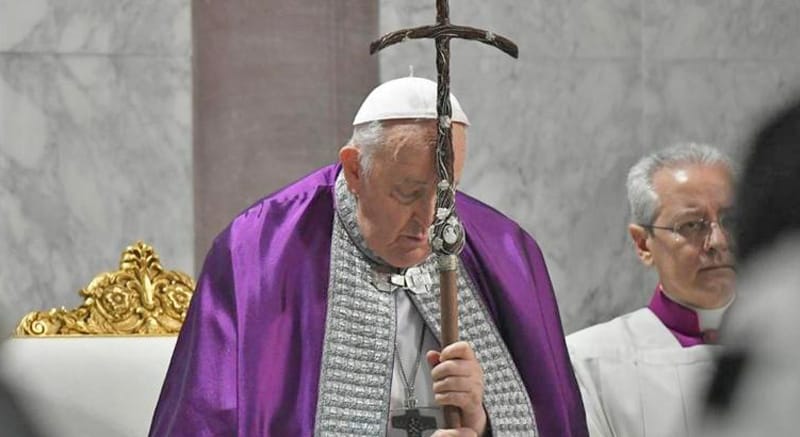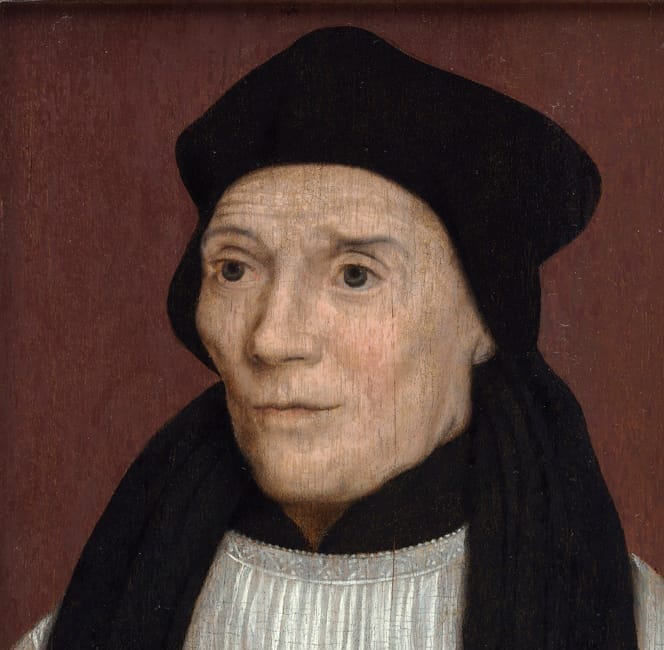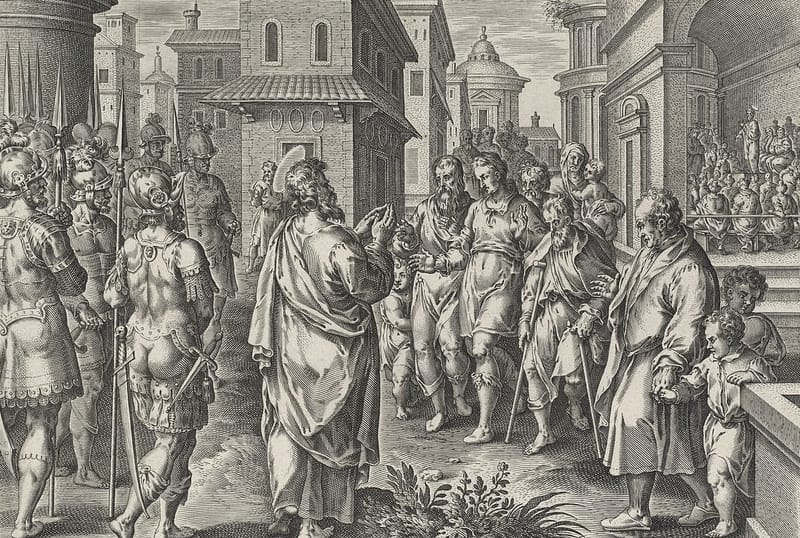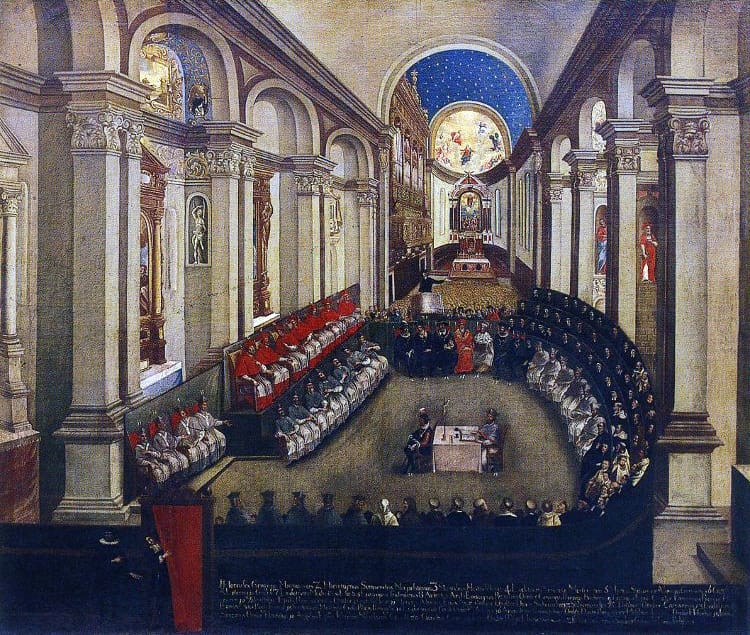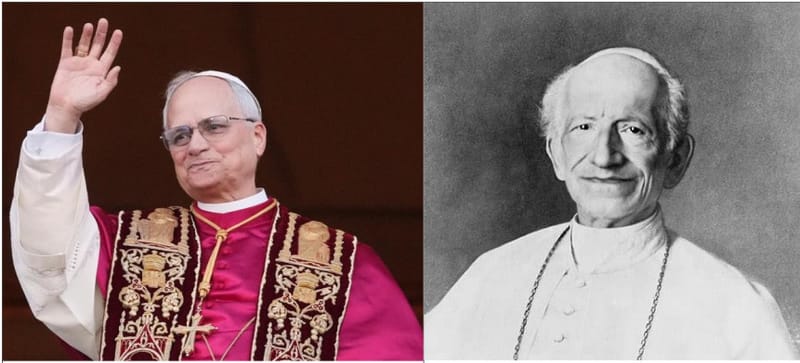On 21 April 2025, Pope Francis concluded his earthly pilgrimage. To commemorate the late pontiff, this edition of Five Books for Catholics selects some of his most emblematic papal writings and recommends a study on his thought.
- Dilexit Nos: On the Human and Divine Love of the Heart of Jesus Christ
by Pope Francis - Evangelii Gaudium
by Pope Francis - Misericordiae vultus and Misericordia et misera
by Pope Francis - Laudato Si': On Care for Our Common Home
by Pope Francis - The Mind of Pope Francis: Jorge Mario Bergoglio’s Intellectual Journey
by Massimo Borghesi
Romans, with their lively sense of humour, have a witty way of saying that nobody is indispensable or irreplaceable: “Morto un papa, se ne fa un altro!” “One pope dies, another is made!” No doubt Pope Francis, who sometimes gleefully quoted popular sayings in his addresses, would have relished this one.
Some might put this saying down to jadedness. Romans experience firsthand how each papacy and its projects comes and goes, often without making any significant impact on their daily lives.
On a more benign reading, the proverb encrusts a nugget of spiritual wisdom. Each pope is simply the chief steward of the sacred deposit of the faith that Christ has entrusted to the Church. Yes, Peter is the rock upon which Christ builds his Church (Matthew 16:18). However, that rock is founded in turn upon Christ who, though rejected, has become the cornerstone, as we have proclaimed repeatedly in the liturgy this Easter octave (Psalm 118:22; Acts 4:11; 1 Peter 2:4, 2:7). Yes, Christ entrusted his flock to Peter (John 21:15-19), but Peter never claims to be the chief shepherd. He is acutely aware that Christ is the one chief shepherd (1 Peter 5:4).
No doubt, Pope Francis was equally aware of this. His overriding aspiration was to bring others to Christ. That he died at the beginning of the Easter Octave simply underscores that the Petrine ministry exists to bear witness to the risen Christ, safeguard the sacred deposit he entrusted to the Church, and guide the Lord’s flock towards him.
Meanwhile, much of the media commentary has viewed the pope’s ministry, death, and succession within the framework of secular politics rather than faith. If asked to list the late pope’s most important writings, the secular commentariat would likely pick those that focussed on environmentalism (Laudato si’), social issues (Fratelli tutti), dialogue with Islam (the Abu Dhabi statement), the inadmissibility of the death penalty (Rescriptum on the Death Penalty), or pastoral outreach to remarried divorcees and homosexual couples (Amoris laetitia and Fiducia supplicans).
Many practicing Catholics might single out the same documents, but for specifically Christian reasons.
These documents are also the ones that have sparked most debate amongst bishops and theologians and will continue to do so in the years ahead. That could be taken to mean that they constitute the late pope’s most important documents and main contributions to doctrinal development.
Most would readily grant that this is the case with Laudato si’, the first papal encyclical on care for the environment. However, there has been much debate over what doctrinal weight some of the others carry. For example, Fiducia supplicans cannot really be squared with the CDF’s 2021 Response on the blessing of homosexual couples and the Church’s tradition. Or take the claims that Amoris laetitia relaxed the conditions under which divorced persons who have remarried may be admitted to the Eucharist. Those claims do not square with the letter of the text. Never does the post-synodal exhortation explicitly or unequivocally modify the existing conditions. Similarly, teaching that the death penalty is inadmissible under current circumstances, contrary to each human person’s inherent dignity, and so needs to be abolished, may appear to declare it an intrinsically evil act, but does not.
These documents have garnered most attention partly because they bear most closely on the hot topics of the day. However, focussing solely on these documents may yield too narrow and one-sided a view of Francis’s papacy. We can only understand his papacy adequately by focussing first and foremost, not on social issues and pastoral attention to those on the margins of the Church, but on his proclamation of Christ. The teaching of Pope Francis was Christocentric. In this regard, the documents selected here are perhaps more representative.
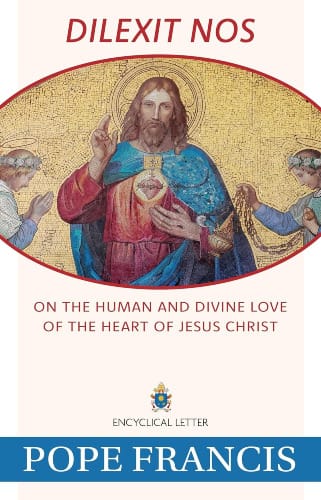
1.
Pope Francis issued four encyclicals. Dilexit nos, on the Sacred Heart of Jesus, is the last. In some ways, however, it is the most characteristic and fundamental one.
Most of his first encyclical, Lumen fidei, had been written by Benedict XVI. The next two, Laudato si’ and Fratelli tutti, were certainly more characteristic of Pope Francis. However, while they address social issues and Christian moral life, Dilexit nos, with its focus on the Incarnate Word, psrovide the fundamental key for reading his other teachings. Perhaps it is also the best summation of them.
Of course, his social encyclicals are Christocentric too. Fratelli tutti, for example, is centred on the Parable of the Good Samaritan. However, they do not set out the Christocentric vision of the spiritual life as comprehensively as Dilexit nos.
Dilexit nos is just as characteristic of Pope Francis’s spirituality and pastoral vision as his two social encyclicals. As he acknowledges (nn. 143-147), the Devotion to the Sacred Heart is deeply embedded in the history and spirituality of the Society of Jesus. It is also one of the foremost expressions of popular piety, the importance of which Francis stressed both during his papacy, and prior to it (as a drafter of the CELAM’s 2007 Aparecida Declaration).
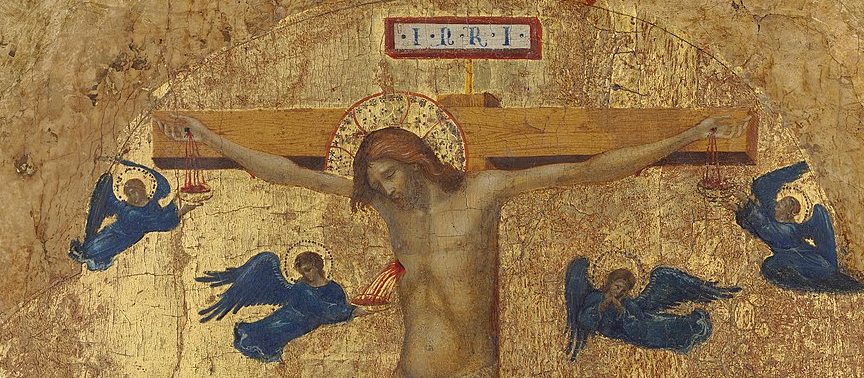
Besides reproposing the devotion to Sacred Heart for today’s world, Dilexit nos is a summation of the magisterium of Pope Francis. Take the following paragraph.
“The Christian message is attractive when experienced and expressed in its totality: not simply as a refuge for pious thoughts or an occasion for impressive ceremonies. What kind of worship would we give to Christ if we were to rest content with an individual relationship with him and show no interest in relieving the sufferings of others or helping them to live a better life? Would it please the heart that so loved us, if we were to bask in a private religious experience while ignoring its implications for the society in which we live? Let us be honest and accept the word of God in its fullness. On the other hand, our work as Christians for the betterment of society should not obscure its religious inspiration, for that, in the end, would be to seek less for our brothers and sisters than what God desires to give them.”
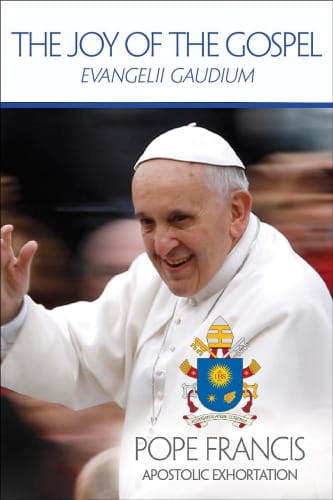
2.
It appears many cardinals were impressed by Card. Bergoglio’s address during the general congregations of the 2013 conclave. So much so that they decided to elect him.
In that address, he argued that the Church is true to its nature when it goes out of itself to evangelize and reach those who are on the margins.
He expanded upon the themes of that address in Evangelii gaudium, his follow-up on the 2012 synod of bishops on the new Evangelization and the programmatic document of his papacy.
Many of the central themes in Evangelii gaudium can be found in the much-lauded Aparecida Declaration, the closing document of the Fifth General Conference of CELAM. That conference was on disciples and missionaries of Jesus Christ and its closing document uses the term ‘missionary disciple” six times. Evangelii gaudium uses the same term nine times and contains a section entitled “We are all missionary disciples.” Hence, as Jeffrey Morrow has pointed out, Evangelii gaudium draws out an implication of Vatican II’s teaching on the universal call to holiness: there is also a universal call to evangelize.
However, many of the obstacles to evangelization, as Francis explains, come from within, not from the outside. The arise when we succumb to any of the various temptations we face in evangelizing. Evangelization requires first and foremost continual conversion.
Evangelii gaudium dedicates the fourth of its five sections to the social dimension of evangelization. It thereby viewing social action not just an expression of justice and charity, but of evangelization too.
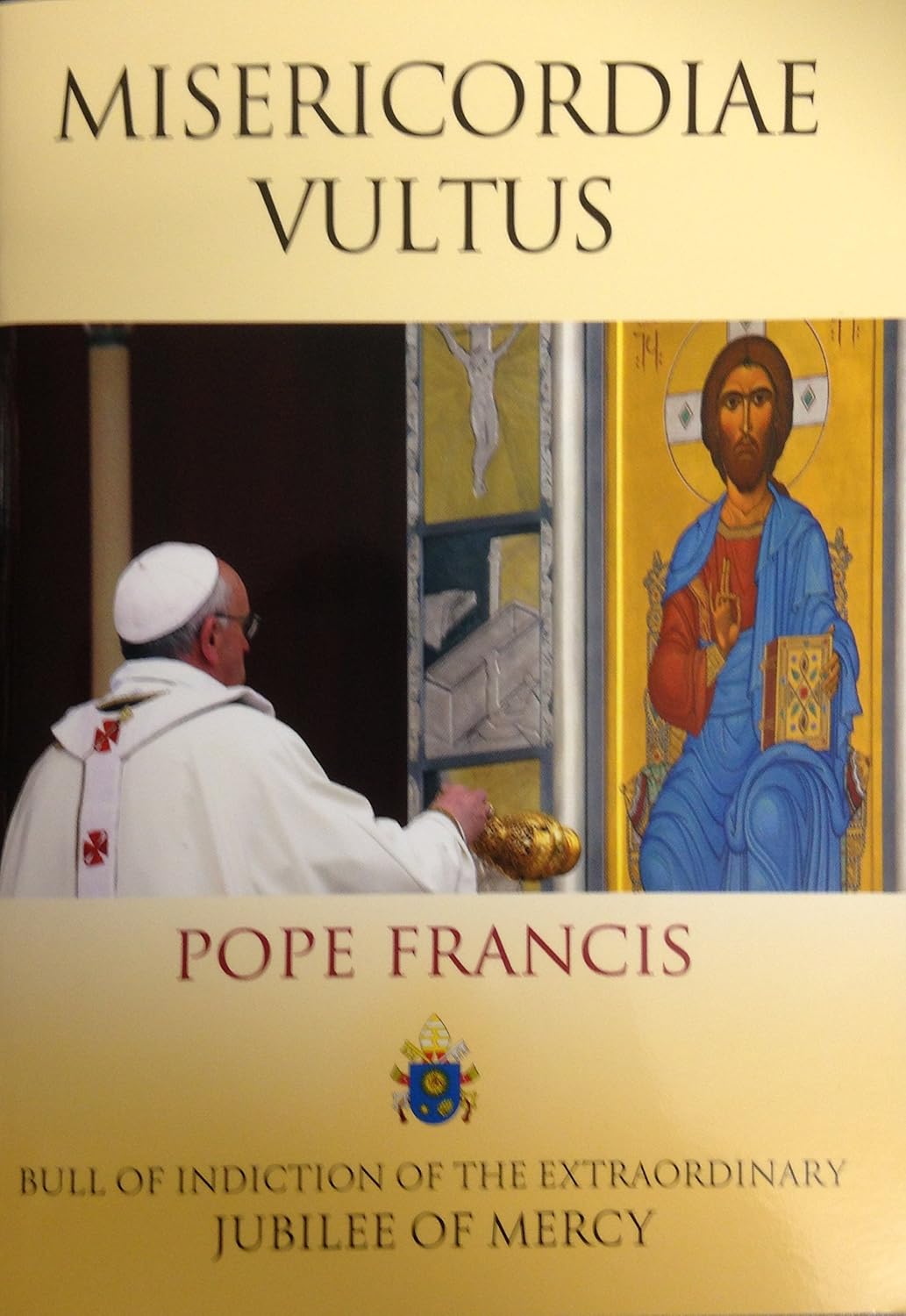
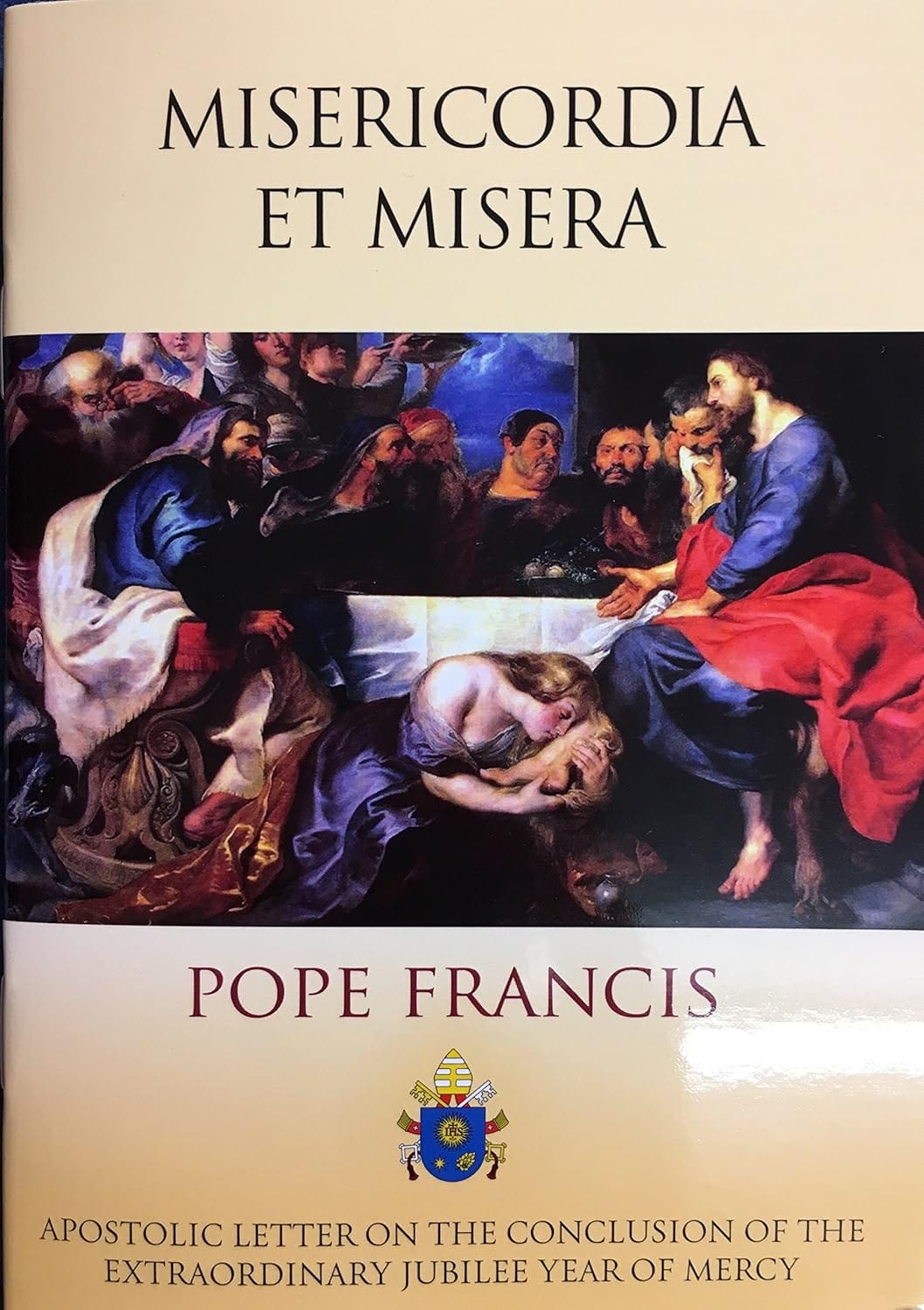
3.
We evangelize because we have experienced how God, in his mercy, has redeemed us in Christ and continues to forgive us whenever we repent. We want others to share that joy. Proclaiming the unimaginable depths of God’s mercy is therefore at the heart of evangelization.
Throughout his pontificate, Pope Francis encouraged the faithful to trust in God’s mercy. This pastoral concern was a hallmark of his pontificate, though by no means a unique one. It was just as characteristic of Pope John Paul II. Hailing from Krakow, he was influenced by the private revelations to St. Faustina Kowalska and instituted Divine Mercy Sunday. In like manner, Francis instituted an extraordinary jubilee of mercy (8 December 2015-20 November 2016) to catechize the faithful on God’s mercy and facilitate their reconciliation with the Lord.
The bull with which he announced the extraordinary jubilee, Misericordiae vultus, and the apostolic letter he issued at its close, Misericordia et misera, are not only excellent overviews of his teaching on the issue, but also make for wonderful spiritual reading.
The former opens with a memorable statement.
“Jesus Christ is the face of the Father’s mercy. These words might well sum up the mystery of the Christian faith.”
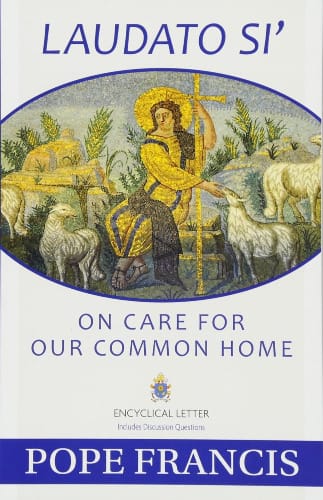
4.
Of the two social encyclicals that Pope Francis issued, Laudato si’ is arguably the more original and important. It is the first papal encyclical on the care of our common home. Fratelli tutti, on the other hand, addresses themes that have been covered amply in the social teaching of earlier popes. That is not to deny its importance. It treats some of those themes more amply, while summing up the late pope’s social teachings. For example, Gregory Reichberg has shown how Fratelli tutti’s teaching on war is notable for a papal encyclical, in continuity with that of St. Thomas and earlier popes, and should not be mistaken for an endorsement of pacifism (read here).
Laudato si’ adopts the concept of integral ecology but frames it within the context of the Christian doctrines of creation and man. That concept stresses and refers to the interconnectedness of every part of the ecological system and the dependence of each on the rest. This is not a new idea within the Christian tradition, even though it was broached primarily through a theological and metaphysical lens. St. Augustine and St. Thomas, for example, render the same idea by speaking of all creation as an order.
Moreover, it is evident from both Revelation and natural reason, that there is a hierarchy within the order of creation. Humans are superior in nature and worth to the rest of the physical world. This does not give us a free pass to do as we please with the rest of nature. While the rest of nature is at the service of human good, man also has the duty to care for nature wisely. We are its stewards. Hence, Francis outlines various “ecological virtues” that we should practice.
Building on the teachings of his predecessors, Francis critiques both modern anthropocentrism, which priorities the technical over reality, and biocentrism. Instead, he articulates a truly integral ecology: one rooted in love for God and neighbour.
“If the present ecological crisis is one small sign of the ethical, cultural and spiritual crisis of modernity, we cannot presume to heal our relationship with nature and the environment without healing all fundamental human relationships. Christian thought sees human beings as possessing a particular dignity above other creatures; it thus inculcates esteem for each person and respect for others. …Our relationship with the environment can never be isolated from our relationship with others and with God. Otherwise, it would be nothing more than romantic individualism dressed up in ecological garb, locking us into a stifling immanence.”
In one lapidary statement, Francis notes that, “There can be no ecology without an adequate anthropology.”
In an innovative twist, the encyclical shows how one cannot be genuinely concerned for the environment without also being pro-life.
“Since everything is interrelated, concern for the protection of nature is also incompatible with the justification of abortion. How can we genuinely teach the importance of concern for other vulnerable beings, however troublesome or inconvenient they may be, if we fail to protect a human embryo, even when its presence is uncomfortable and creates difficulties?”
Though there is much more to unpack, it should be clear by now that Laudato si’ is a major contribution to Catholic social teaching and merits careful study.
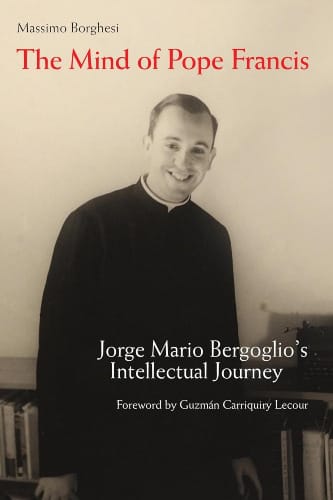
5.
A pope’s personal thought is not magisterium, but it does influence his magisterium. He draws on it to articulate his teachings. It leads him to stress some aspects of the faith and Christian life rather than others. It shapes his views on the most effective pastoral responses to the current challenges. Hence, familiarity with a pope’s intellectual itinerary can be very helpful for understanding their magisterium. The best available intellectual biography of Francis is that of Italian philosopher Massimo Borghesi.
Pope Francis’s academic credentials were certainly less impressive than those of his predecessors from the last century and a half. Unlike them, he never obtained a doctorate. Unlike his immediate predecessors, Karol Wojtyła and Joseph Ratzinger, he did not produce a substantial body of scholarly work prior to his election to the See of Peter. Understandably, one might assume that he was less theologically cultured than his immediate predecessors. Borghesi contends that this was not the case and aims to show that he possessed a substantial and coherent thought of his own.
Borghesi identifies four key intellectual influences on Bergoglio, two European and two Latin American: Gaston Fessard SJ with his The Dialectic of the Spiritual Exercises of St. Ignatius of Loyola, Romano Guardini (particularly his early work on polar opposition, Der Gegensatz), Alberto Methol Ferré, and Amelia Podetti.
Four also are the fundamental principles of Bergoglio’s thought. These are the four outlined in Evangelii gaudium (nn. 217-237): 1) unity is superior to conflict; 2) time is superior to space; 3) the whole is superior to parts; 4) and reality is superior to ideas. Borghesi elucidates them with the aid of Guardini, , one of the authors on whom he has written most.
In Borghesi’s reading, Bergoglio is mainly concerned with uniting and holding together opposing poles that are often in tension with one another but are not contradictory.
At times, Borghesi intellectual geneaology of Pope Francis has more the character of an educated guess. For example, there is insufficient documentary evidence to corroborate all his claims about Methol Ferré’s influence on Bergoglio. Indeed, precisely because Jorge Mario Bergoglio was not a scholar, there might never be a definitive intellectual biography of him. In the meantime, Borghesi’s study is the most rigorous and comprehensive one around.

